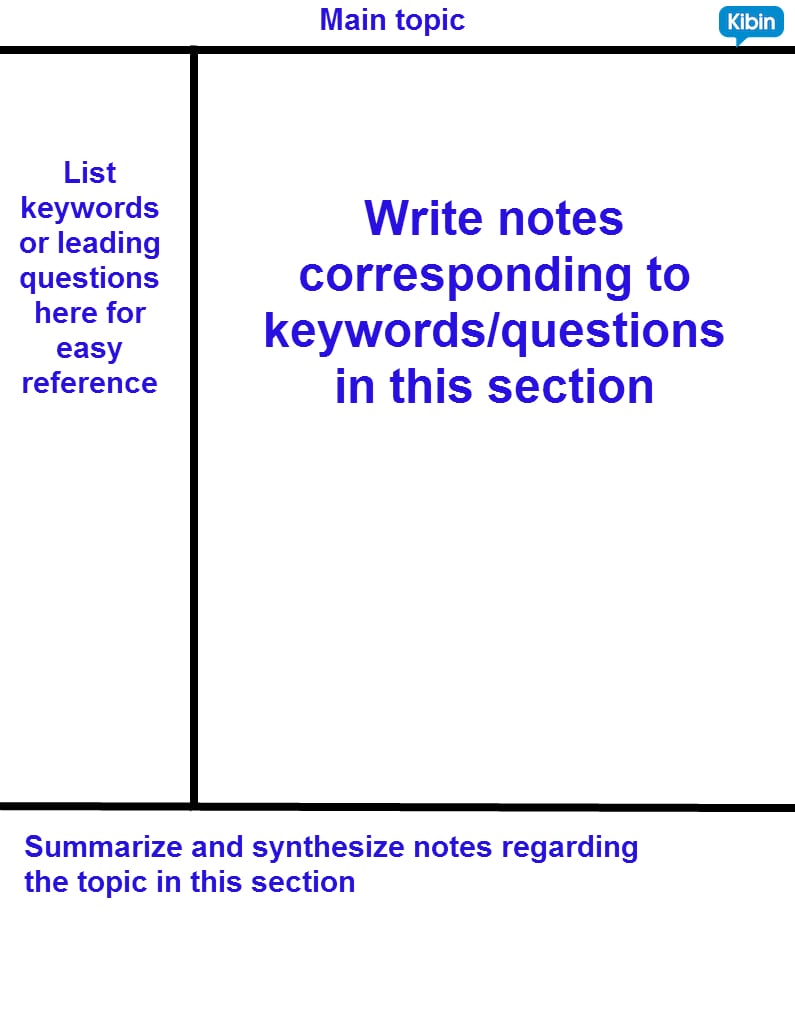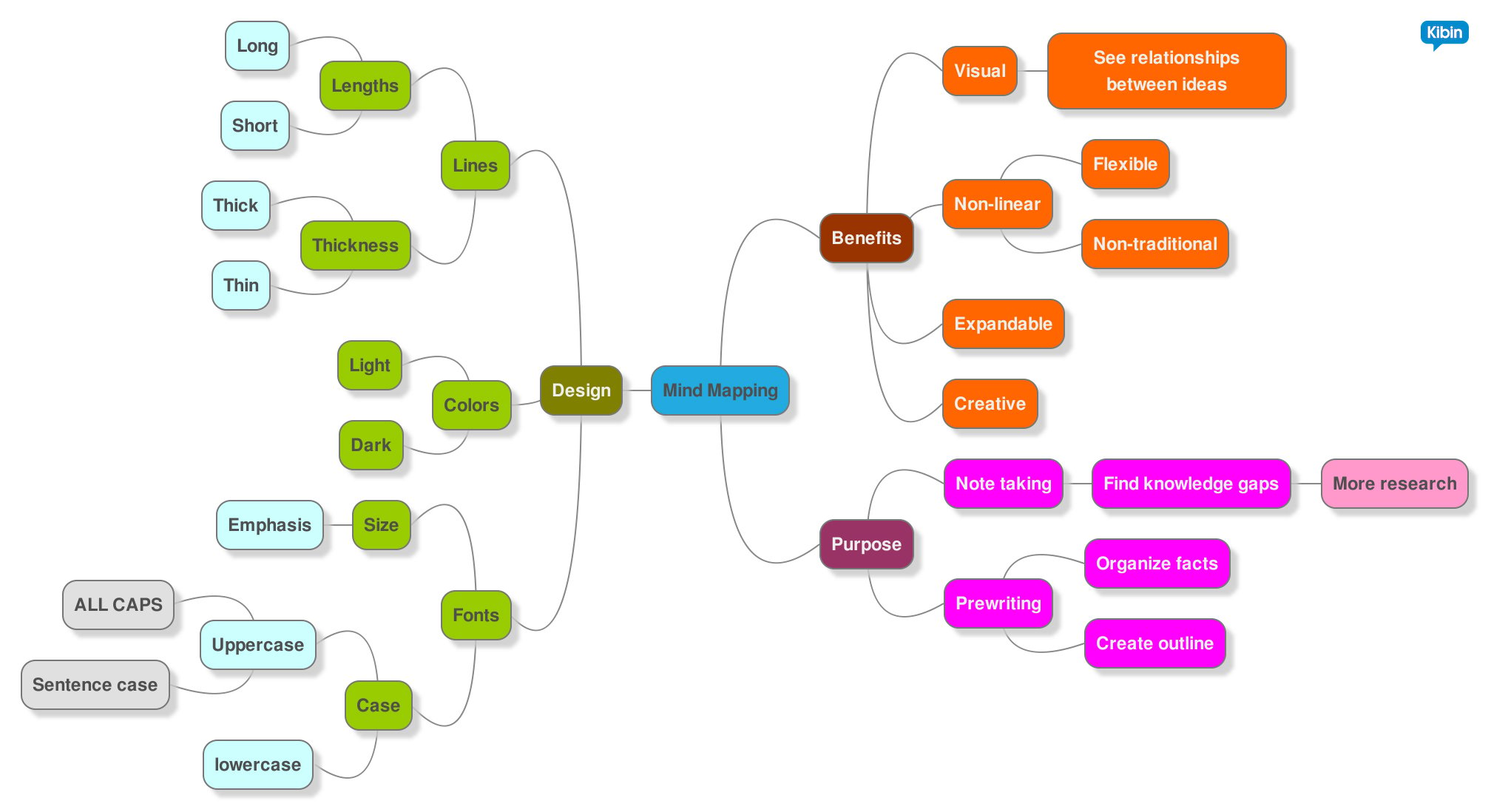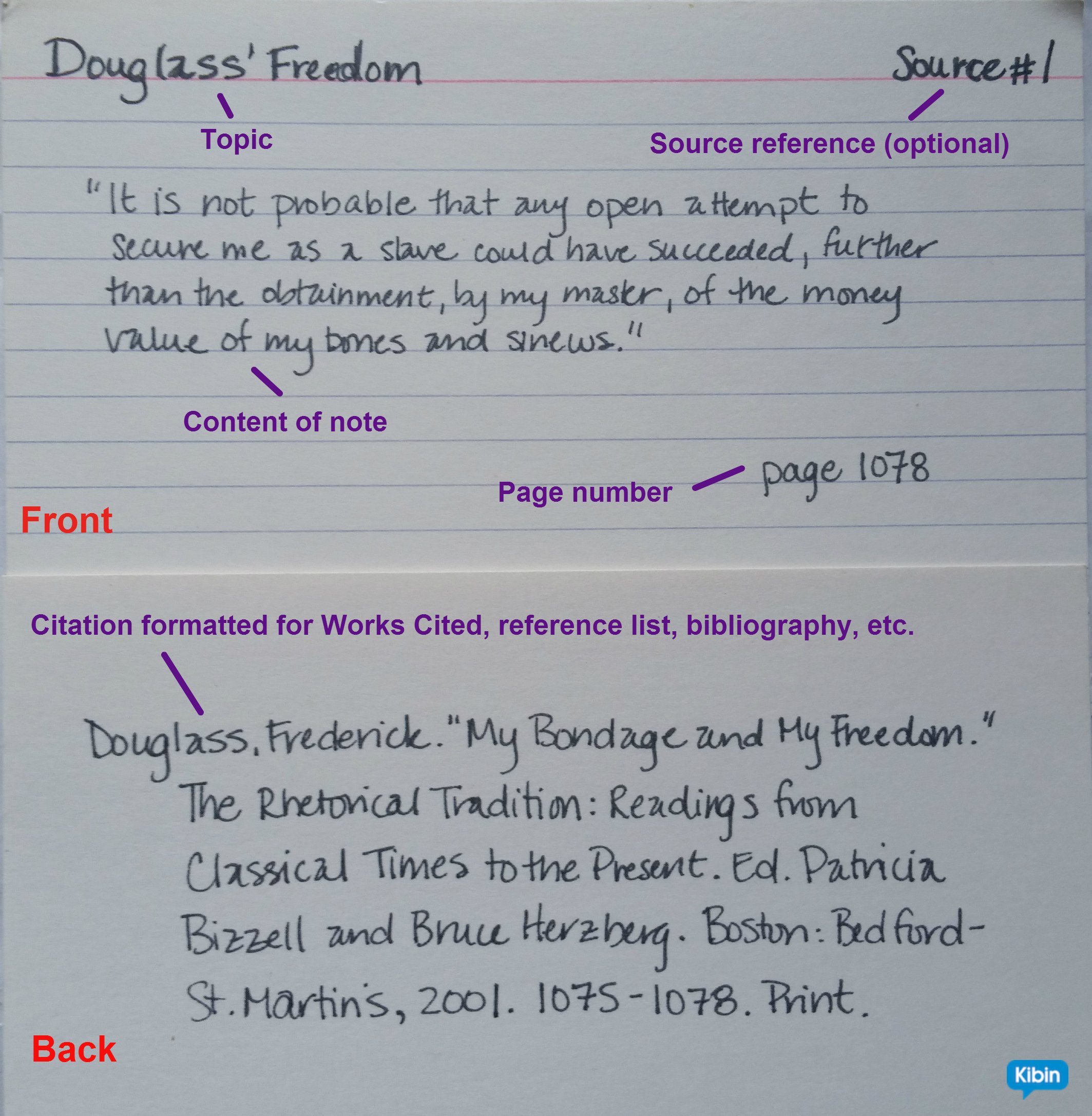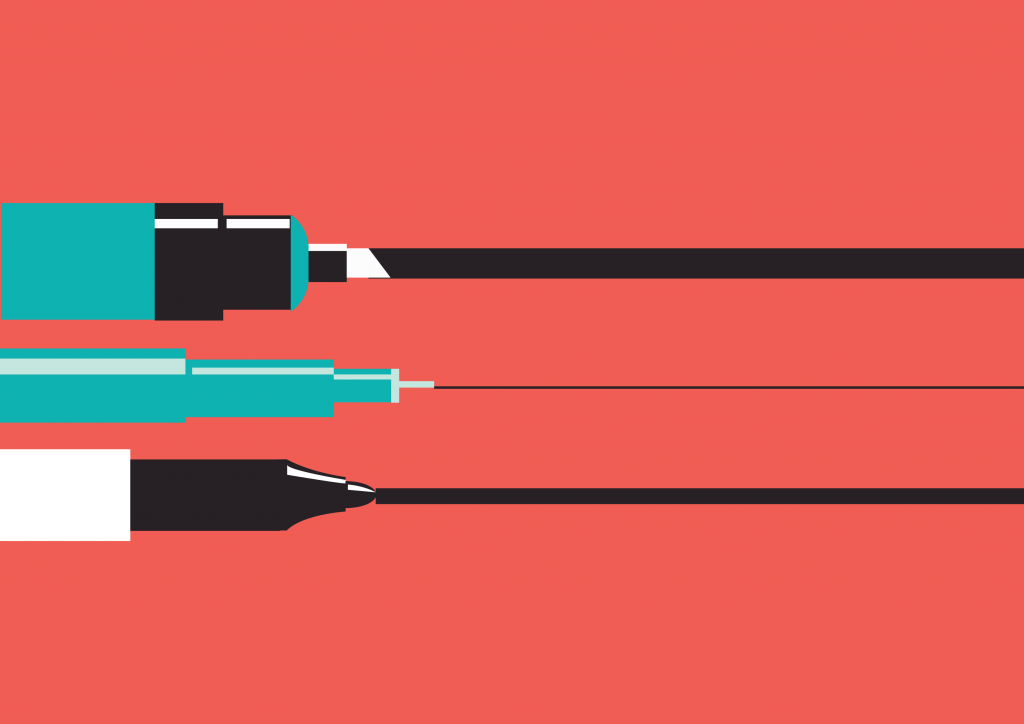Your doctor does it after you leave. Your waiter does it in front of you. Reporters do it all over the place.
No no no, not that. They take notes!
Even the best of us have rather limited capacity for storing information in our brains, let alone knowing exactly where that information came from and being able to recall it when we need it for a specific purpose — like writing an essay. So we take notes to record said information.
Unfortunately, not all notes are equally useful. A handful of Post-Its and a crumpled pile of paper won’t be much help when you’re trying to outline your research essay.
So if you’re listening to lectures, reading books, and scouring the Web as part of the research process, why not make the most of your efforts by brushing up on some note taking strategies?
This blog post will give you 10 note taking strategies to write a better essay, but first let’s talk about why this strategy is important.
Why Take Notes Before Writing an Essay?
In my career as a student many, many, years ago, I would occasionally dive into drafting an essay or report without taking a single note on the topic. I’d sit down with a pile of books and my laptop and start writing, feeling rather smug.
And then I’d stop writing so that I could look something up.
And start again.
And stop. Wait, what page was that on?
And so it would continue until the wee hours of the morning, when I would kick myself pretty hard for trying to take the “easy” way out.
As you can imagine, this is a really inefficient way to write. It’s also a bit reckless, especially if you aren’t writing a reference list as you go. I can’t tell you how many times I thought, wait, did I think that…or did I read that…or did I hear that during class?
Eventually, I learned the value of taking good notes.
Note taking — which is any process that involves the recording of information from another source — eases the process of essay writing in a variety of ways. Note taking helps you
- identify what you already know,
- identify gaps in your knowledge,
- organize similar facts and bits of information,
- track and manage the sources you’ve consulted to prevent plagiarism, and
- recall relevant, essential facts and ideas as you write.
Oddly enough, even though note taking is an essential part of conducting research, chances are good that you’ve never been taught how to do it, or at least not how to do it effectively.
That’s why I’m going to share 10 note taking strategies for creating neat, orderly notes that not only keep your research organized, but that will also help you write your paper more efficiently.
10 Note Taking Strategies You Can Use for Your Next Assignment
While we often think of note taking as intuitive, it’s actually a skill that can be practiced and improved.
These 10 note taking strategies include a few unique note taking methods, tips for avoiding plagiarism, the pros and cons of digital note taking, and much more. Use them to help you devise your own note taking style to use as you prepare for your next essay.
Note Taking Methods
1. Try the Cornell method
Professor Walter Pauk of Cornell University devised this note taking strategy for college students in the 1950s, but it’s still relevant and useful today.
In this system, you divide a standard page into three areas: a narrow left column, a wide right column, and a box that spans the width of the page at the bottom. Each of the regions you create serves a specific purpose:
As you can see, the left column contains keywords, leading questions, or other “header” types of material to help you scan your notes quickly. The right column contains the more detailed information you wish to record. Then, you review and synthesize your notes after writing them, filling in the summary section at the bottom of the page.
You can draw the basic grid lines on any sheet of paper, or you can customize and print your own Cornell note taking sheets from WorksheetWorks.com.
2. Map your mind
If you’re the type of person who likes to visualize information or connections as you learn, graphic organizers are just the ticket. One of the most popular types of graphic organizer is known as a “mind map.”
Mind mapping entails placing an idea (sometimes represented by an image) at the center of a page and then breaking the concept down into smaller parts via branching lines that extend in all directions.
Here’s a basic mind map about mind mapping (whoa…meta) I created with MindMup, a free mind-mapping tool:
(You can click to enlarge it.)
Because a mind map can incorporate different colors, fonts, images, and so forth, it’s a great note taking tool if you’re a visual learner.
Check out Lifehacker’s guide to creating mind maps, which includes loads of links to other mind-mapping tools and galleries of mind maps you can use for inspiration.
3. Make note cards
Using note cards is one of the most classic note taking strategies. Typically, each note card — index cards work perfectly for this — contains a single fact or quotation along with the source of the information.
Because each card contains only one piece of information, you can easily lay out your cards in front of you and categorize them by sub-topic, making it easy to see how the information will fit together in your paper.
For some examples of how you might organize your note cards, check out the note card system described by Gallaudet University’s English Center. Here’s an example of how the front and back of your note card might look:
Note Taking Mediums
4. Go digital
One of the best things about using digital note taking methods is that you can use your laptop or tablet to write and organize your notes. This can be an especially good note taking strategy if you have illegible handwriting, and it’s certainly better for the environment.
Apps such as Evernote, Microsoft’s OneNote, Simplenote, and others make it easy to jot down ideas while reading or listening to a lecture and store them on your device or in the cloud.
5. …or stay analog
If you prefer taking notes by hand, you’re in good company: a 2014 survey by Campusbooks.com revealed that 91% of college students prefer writing notes by hand.
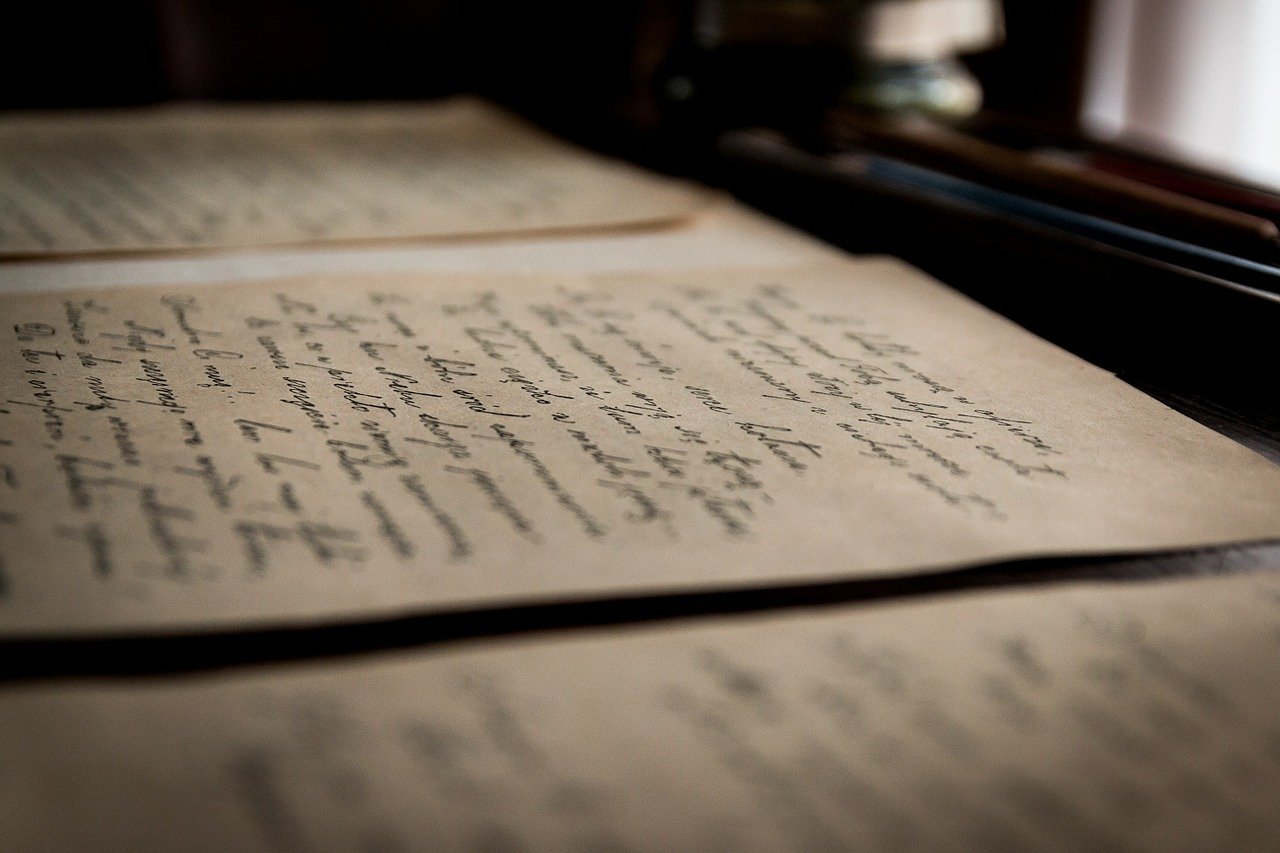
Hand cramps aside, handwritten notes may be better for learning the material, too: according to Scientific American, writing notes by hand — which is slower than typing — improves comprehension by forcing you to summarize the material rather than recording it verbatim, leading to a deeper understanding of the topic.
Some professors are banning laptops in the classroom, too, making it even more important to have some old-school note taking skills.
Physical notes can be arranged and rearranged in front of you, making it easier to organize your information and outline your essay. If you use a mind map or another graphic organizer, you can also jazz it up with colored pencils, markers, or highlighters.
And when’s the last time your paper notebook crashed?
Keeping Your Sources Straight
6. Track your sources
Every time you record a fact, figure, or idea from a source in your notes, be sure that you record the bibliographic information for the source, too.
If you’re writing traditional notes or using note cards, you can easily record the source material at the top of each card or page or beneath each note. If you’re using a mind map or another graphic organizer to take your notes, consider keeping a running list of sources and assigning each a number. Then, record the associated number next to each fact or idea to save space.
7. Use the correct citation format
To save yourself even more time while writing your essay, record the source information in the citation format you will use in your essay. For example, if you know you will need to write APA citations in your essay, write down the information in the proper order now.
This way, you don’t have to hunt down an obscure book’s publishing information two hours before your paper is due.
Not that I’ve, uh, ever had to do that.
Miscellaneous Note Taking Strategies
8. Use your own words
Writing your notes in your own words is one of the best ways to avoid unintentional plagiarism. Check out the University of Wisconsin Writing Center’s guide to avoiding plagiarism for tips on paraphrasing effectively. Also read 10 Examples of Paraphrasing for a Smarter, Better Essay.
If you know that you want to quote a source verbatim, make sure that you record the quotation accurately and place it in quotation marks in your notes so that you know to quote it in your paper.
9. Keep it short and sweet
Note taking is not the time to write complete sentences, let alone paragraphs, unless you are quoting material. This is especially true if you’re taking notes during a film or lecture and are trying to divide your attention between writing and listening.
Instead, use short phrases and keywords in your notes, writing down just enough to jog your memory or convey a fact.
10. Use shortcuts
Symbols and abbreviations can help you record ideas more quickly, and they can also be helpful when you’re organizing your notes.
While you can come up with your own system of symbols and abbreviations, this handy list from the EAP Foundation should save you some time (and hand cramps).
The Takeaway
 Taking notes is a fantastic way to compile information in preparation for writing an essay. At the very least, it frees up space in your head for more important knowledge, like the Konami Code or digits of pi.
Taking notes is a fantastic way to compile information in preparation for writing an essay. At the very least, it frees up space in your head for more important knowledge, like the Konami Code or digits of pi.
With the note taking strategies, tips, and techniques I’ve described in this post, you can take great notes while researching your next essay topic. When you sit down to write, most of the work will already be done — what a nice gift for Future You!
Happy writing!


